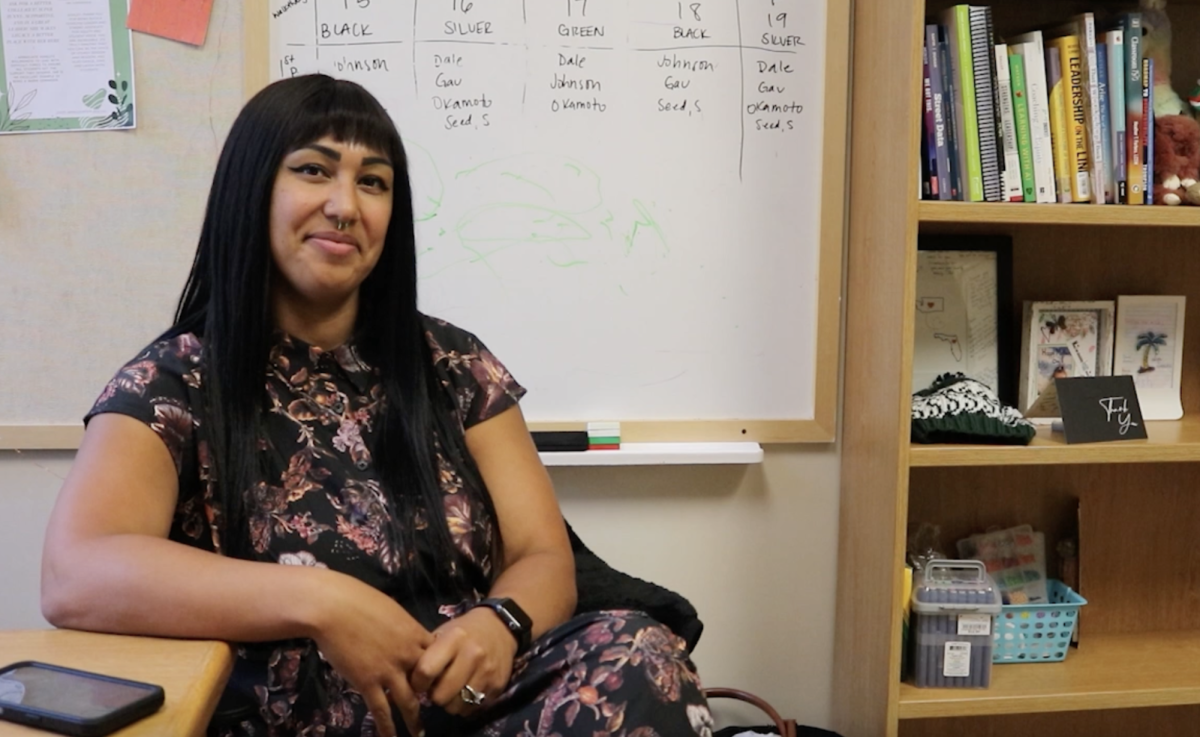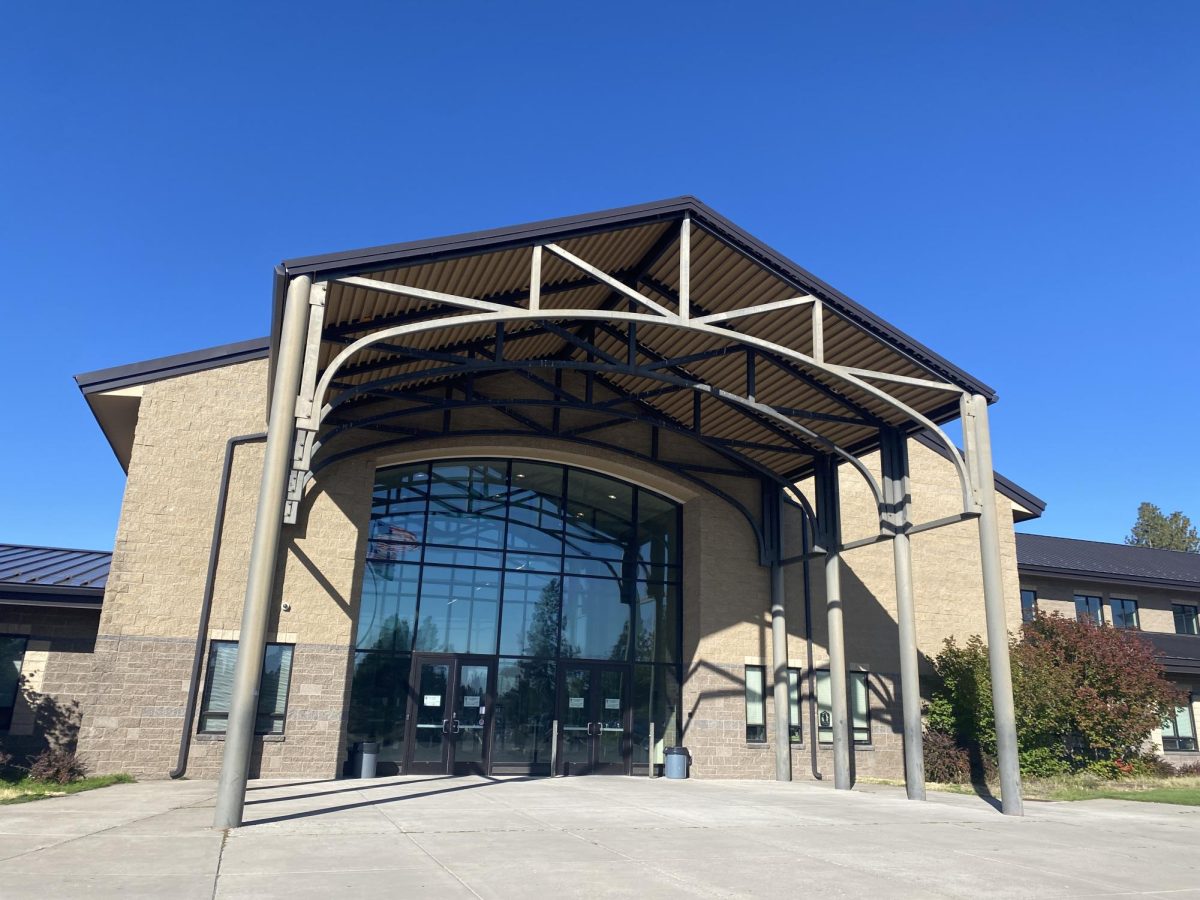Saying Goodbye
Due to student population decrease for the 2023-2024 school year, teaching cuts are inevitable
As Summit looks ahead to the start of the next school year, Principal Michael McDonald faces an undesirable (to say the least) challenge—budget cuts, unfortunately, mean cuts to the teaching staff as well.
Summit’s incoming freshman class has lowered to about 290 students—nearly 50 less than this year—as many graduating 8th graders are planning on attending Caldera in the fall due to zoning regulations. But where do the teaching cuts come in?
“In Oregon, every student counts for a certain dollar amount,” said McDonald. “The BLP district has 18,000 students times whatever that number is ($9,468), and then the district gets that money and distributes that across K-12.” Put simply, schools get funded per student—the more students that attend, the more money allocated for that school.
“It’s a pretty complicated picture, and so when that ratio gets less favorable for us, we lose teachers,” McDonald said. In order to maintain staff salaries, the school is required to let go of several educators. Based on projections from the district, five or six teachers won’t be returning to Summit next year. However, which employees maintain their position at the school has little to do with the age of the students they are currently teaching, as educators tend to swap between programs throughout the years. The future of these employees is largely determined by their status within the district.
“There are probationary staff and those people are in their first 3 years of employment, there are regular contracted staff who are past those first 3 years, there are temporary part-time people and there are regular part-time people,” McDonald explained. “Anybody who has regular status is guaranteed a job someplace else in the district if they are released from this building.” This protected position means teachers will have a place to teach during the next school year, though the job may be at any educational level, not just high school. Those who are still probational staff are not given the same liberties.
There are many regulations—along with teacher’s unions—that dictate an educator’s rights within their district and school. Teacher protection tends to be very seniority-centered. That is, those who have been working for an institution the longest usually get to stay, and newer staff are more regularly displaced. Despite these regulations giving little room for personal opinion, many Summit students wish they got more of a voice in this decision.
While it’s impossible to fill Summit with staff that every student likes, junior Sophie Hansen argues that student input should count for some of the final vote.
“There are certainly some teachers at Summit who are recognized as more effective teachers by their students,” said Hansen. “I strongly believe that letting these teachers go simply because they are new to the school would be a significant loss for students, faculty and Summit’s environment as a whole.”
Furthermore, Hansen adds that as Summit reaches to aid students in their learning, an important factor to consider is the quality of their educators.
“If a school wants to support their students as much as possible in their educational journey, one of the best ways to do that is to provide them with teachers who are going to enrich their learning,” Hansen said. She believes that while seniority is an important component to consider when letting teachers go, there are other factors that have a greater impact on students and the quality of their education.
AP Lang teacher Kelsie Layana emphasized that it’s incredibly rare for regular teachers to get cut, unless they outright volunteer to leave. This has a lot to do with an expectation within the school that teachers who have been at Summit for an extended period of time deserve to keep their position.
“I think admin could have that talk but I don’t think admin is going to have that talk,” said Layana, referencing the difficult conversation that admin has to have with staff when breaking the news of their displacement for the following year.
Along with teachers, Summit is saying goodbye to a few programs as well.
McDonald shared that “we have a science teacher who was part-time who ran a small program that was exclusive to their curricular area…they’ve decided not to return next year and so we eliminated that class from the schedule.” Many of the school’s programs are exclusive to one teacher’s specialty, and if that individual is released from Summit, the program often is as well. While cuts haven’t been fully determined, there’s sure to be at least a few classes disappearing from the schedule next year.
“Over the years, there have been a few programs cut from the building and it always feels terrible because it’s usually somebody’s specialty and there are students interested but sometimes we can’t sustain that,” McDonald said, talking about how difficult it’s been to have to make such harsh decisions.
While McDonald knew he’d have to make cuts eventually due to the trend downward in the student population, this knowledge didn’t prepare him for how painful saying goodbye would be.
“I had a conversation with a teacher this morning and I had to let them know that they didn’t have a job next year. And it’s heartbreaking. These folks have put their souls into their programs and their hearts into their programs and they love the students and go the extra mile,” McDonald said, boasting about Summit’s staff like a proud father. “To have to tell them that they might have to move to a different school or there may not be a job available for them is awful. It’s probably one of the worst parts about the job.” His lack of control over the situation only adds to the burden.
McDonald felt strongly that his hands were tied, as he is obligated to follow the contract most directly when making this decision. He expressed feeling as if he had very little room to make choices outside of the agreement that’s been signed by the teacher.
Still, there’s always hope that student input will be requested if, as McDonald grimly predicts, a similar situation arises in the future and Summit needs to let go of more staff as the student population continues to decrease due to unaffordable housing.
“The thing that I’m concerned about is… are we going to continue to get smaller?” McDonald said. “Is Bend pricing itself out of families with young children who come here and go to school? Are we seeing a decline? If we’re not a healthy school community in general, people won’t want to move here.” He had a lot of questions, but not so many answers.
In a perfect world, the school gets to keep all its faculty and programs, and teachers never have to worry about displacement. Clearly, that’s not how it works. The education system is all about balance, which is hard to achieve and difficult to maintain. The best Summit can do is take it day by day, appreciate its amazing staff and, well, pray for a population boom.

The wild Iben has recently been spotted in the Pinnacle news room. Reports from local journalists describe that the beast has been spending all of her time underwater, listening to music, and watching...


































